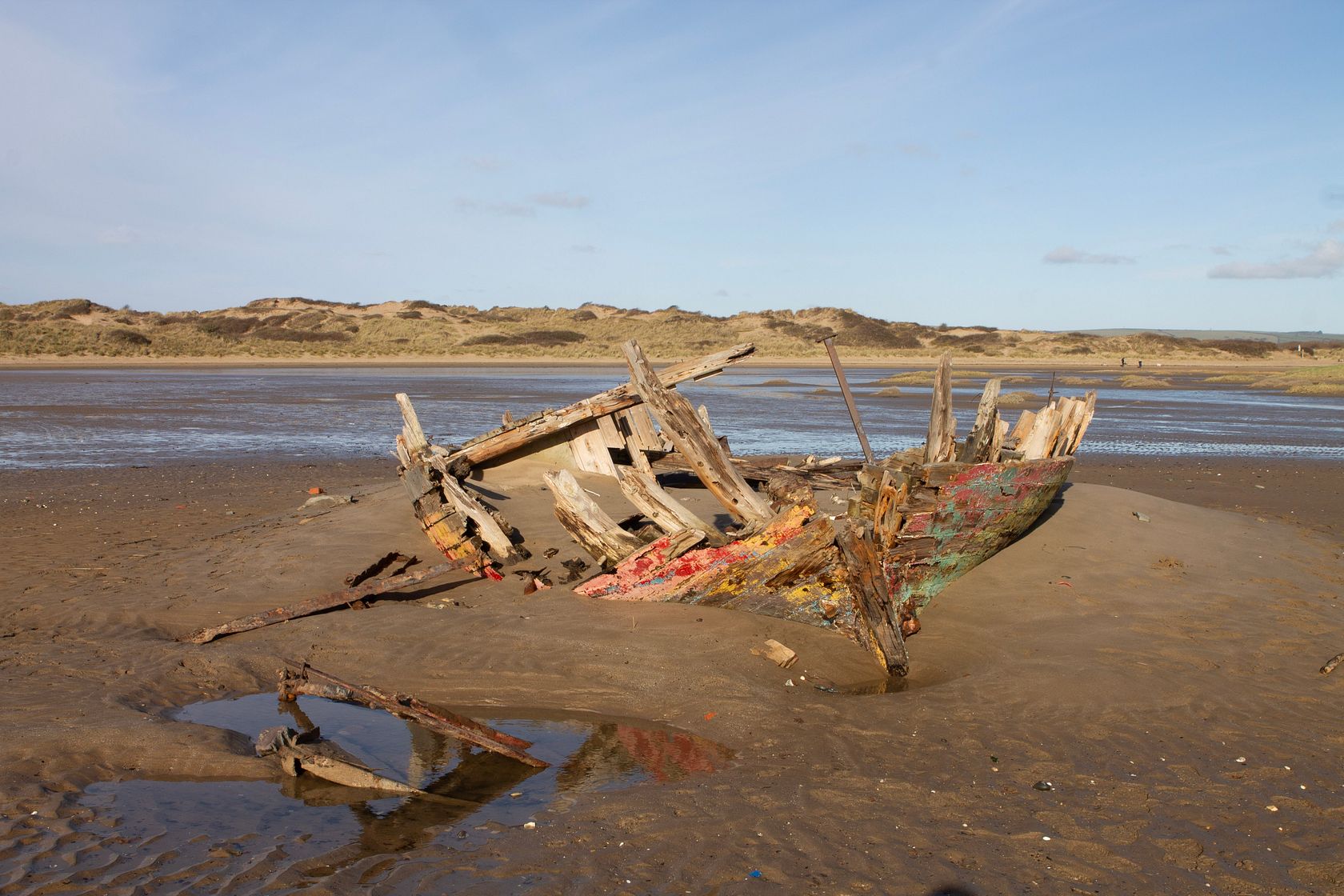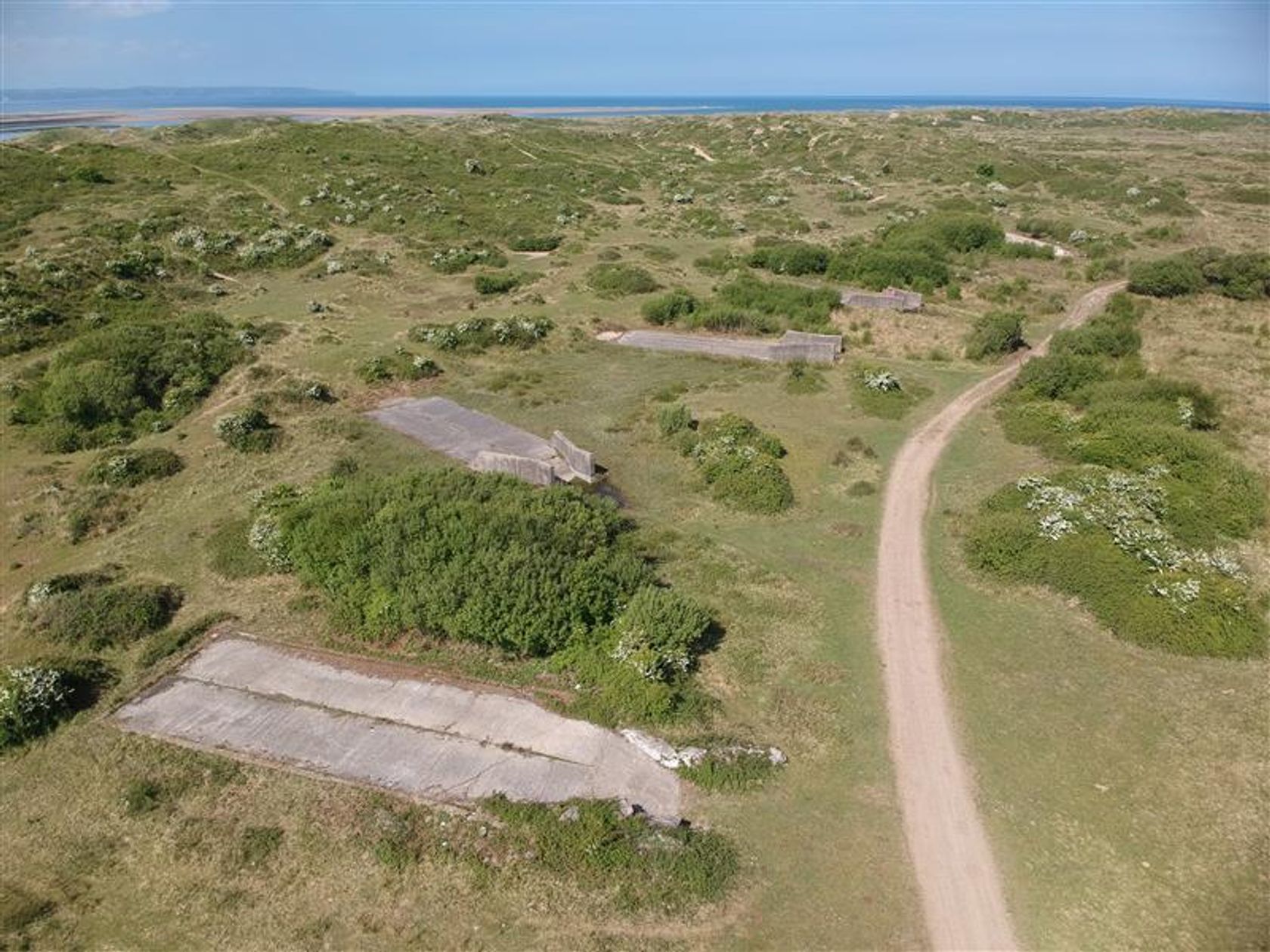From Quiet Shores to Allied Stronghold: North Devon’s Crucial Role in D-Day
As the world commemorates the 80th anniversary of the end of the Second World War in 2025, it is a good time to look at the remarkable contributions this remote region of England played in shaping the success of D-Day.
In the early 1940s, the tranquil village of Appledore was transformed into HMS Appledore, a top-secret hub of naval innovation and combined operations. Here, elite ‘frogmen’ trained for dangerous missions clearing mines and beach defences, and new tactics and landing craft designs were tested. American and British forces rehearsed side by side, refining the strategies that would carry them across the Channel and into Nazi-occupied France.
Just across the estuary, Braunton Burrows became a full-scale rehearsal zone for the U.S. Army. With landscapes eerily reminiscent of the Omaha and Utah beaches in Normandy, the dunes were converted into an Assault Training Centre where American troops drilled in live-fire conditions, scaled cliffs, and practiced beach landings with life-sized concrete landing craft and mock German defences. For many, their first experience of war came not in France, but in North Devon.
At Northam Burrows and Westward Ho!, British forces tested a groundbreaking new class of amphibious tanks and armoured vehicles dubbed ‘Hobart’s Funnies’. Designed to break through Germany’s Atlantic Wall, these experimental machines — from flame-throwing Churchills to mine-clearing Shermans — were put through their paces in North Devon’s harsh coastal terrain.
Traces of these activities are still visible today. In these areas visitors can still see the concrete remains of landing pads, defences and more along the foreshore. Click through to the full article to find out more about the unexpected World War 2 history of North Devon!
From Quiet Shores to Allied Stronghold: North Devon’s Crucial Role in D-Day


